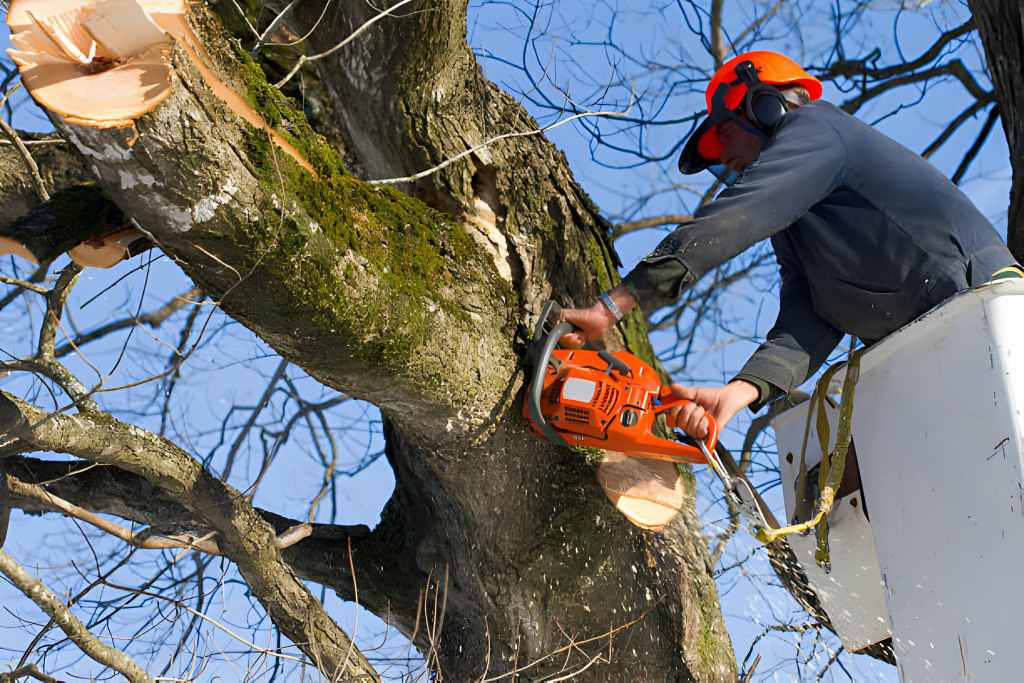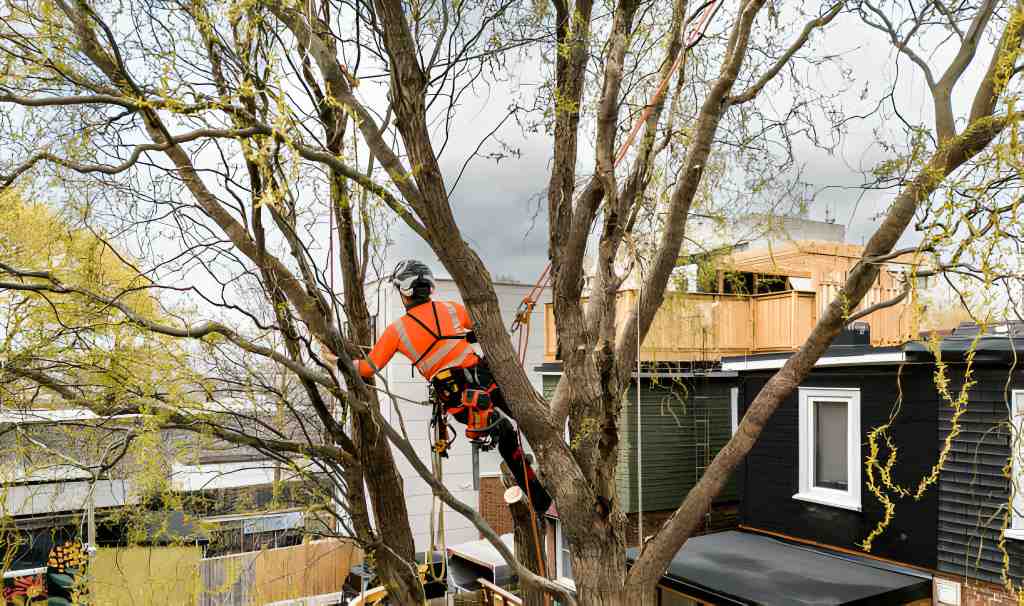Trees serve a purpose, in our environment not only adding beauty to our surroundings but also playing a crucial role in maintaining ecological balance and promoting overall well-being. Often overlooked tree trimming is a practice that significantly contributes to the well-being of trees and the environment.
In this article, we will explore the advantages of tree trimming and how it fosters an ecosystem for all living creatures.
The Contribution Of Trees To Environmental Well-Being
Before discussing the benefits of tree trimming it is important to comprehend the role that trees play in preserving health. Trees act as natural air purifiers by absorbing carbon dioxide and releasing oxygen through photosynthesis.
They also provide habitats and food sources, for wildlife species to help regulate temperatures and prevent soil erosion. Moreover, trees enhance the appeal of our surroundings contributing to our sense of well-being and quality of life.
Promoting Tree Health: The Significance Of Tree Trimming
Tree trimming or pruning is a practice involving removing branches and foliage to maintain tree health, appearance, and safety. Although it may seem like a task proper tree trimming necessitates skill, knowledge, and adherence to practices to achieve optimal outcomes.
Improving Tree Structure And Stability
One of the goals of tree trimming is to enhance the structure and stability of trees. By getting rid of branches that are dead, damaged, or diseased tree experts can decrease the chances of branches breaking and improve the health and lifespan of the tree.
Moreover, selective pruning fosters appropriate spacing and distribution of branches reducing risks and encouraging growth patterns.
Enhancing Air Circulation And Sunlight Penetration
Tree trimming also plays a role, in boosting air circulation and sunlight penetration throughout the tree’s canopy. By thinning out branches and foliage arborists can promote airflow while allowing more sunlight to reach inside. This supports photosynthesis processes as nutrient absorption.
Not does it benefit the tree itself. It also contributes to the well-being of surrounding vegetation and ecosystems.

Preventing Pest And Disease Infestations
Aside, from being unappealing, dead, damaged, or diseased branches provide entry points for pests and pathogens. Trimming trees helps eliminate these sources of infestation reducing the risks associated with pest outbreaks or disease transmission.
Regular pruning maintains tree health and vitality while preventing environmental damage caused by pest infestations or diseases.
Environmental Benefits Of Tree Trimming
The environmental advantages of tree trimming are often overlooked, They contribute significantly to the health and well-being of our ecosystems. Let’s explore the ways, in which tree trimming benefits the environment.
Carbon Sequestration And Climate Regulation
Trees act as carbon sinks absorbing carbon dioxide from the atmosphere and storing it in their biomass. Through photosynthesis, trees convert carbon dioxide into oxygen helping regulate Earth’s climate and mitigate the impacts of climate change.
By promoting tree health through trimming we can enhance their ability to capture carbon effectively and reduce greenhouse gas emissions thus minimizing their impact on the environment.

Improvement In Air Quality
Maintaining trees plays a role in improving air quality as they filter pollutants and particulate matter from the air. Tree trimming ensures that trees remain healthy and strong enabling them to trap pollutants and release air rich in oxygen into the atmosphere.
This not only benefits health by reducing respiratory illnesses and allergies but also supports overall ecosystem well-being by fostering the growth of other vegetation.
Enhancement Of Water Quality
Trees play a role, in preserving water quality by preventing soil erosion reducing runoff, and filtering contaminants from rainwater. Maintaining the integrity and health of trees, through trimming is essential to ensure their performance.
When trees are trimmed it minimizes soil erosion and runoff which in turn aids in protecting waterways from pollution and sedimentation. This preservation of ecosystems helps guarantee a sustainable water supply for communities.
Conserving Biodiversity
Trees serve as habitats and food sources for plant and animal species contributing to the richness and vibrancy of ecosystems. Regular tree trimming ensures that trees remain healthy allowing them to continue providing habitats and food for wildlife.
By safeguarding biodiversity trees enhance the resilience and stability of ecosystems making them more capable of withstanding disturbances like climate change.
Mitigating Urban Heat Islands
In areas tree trimming plays a role in mitigating the urban heat island effect—a phenomenon where cities experience higher temperatures due to heat absorption by buildings and pavement.
Through techniques that promote airflow and sunlight penetration, arborists can help lower surface temperatures thus cooling urban environments. This does not enhance residents’ comfort. Also reduces energy consumption, for cooling purposes resulting in significant energy savings while benefiting the environment.

Conclusion
Tree trimming is a practice that significantly contributes to health and overall well-being. Tree trimming plays a role, in preserving the health and vitality of trees, which in turn contributes to the well-being of our ecosystems. By improving the structure promoting air circulation and sunlight exposure and preventing pests and diseases we ensure that trees can continue their contributions.
Moreover, tree trimming has benefits like reducing our carbon footprint enhancing air quality, and supporting biodiversity. It is a practice, for land management as we work towards creating a healthier and more sustainable future. So let’s not overlook the significance of tree trimming in safeguarding the well-being of our environment.








